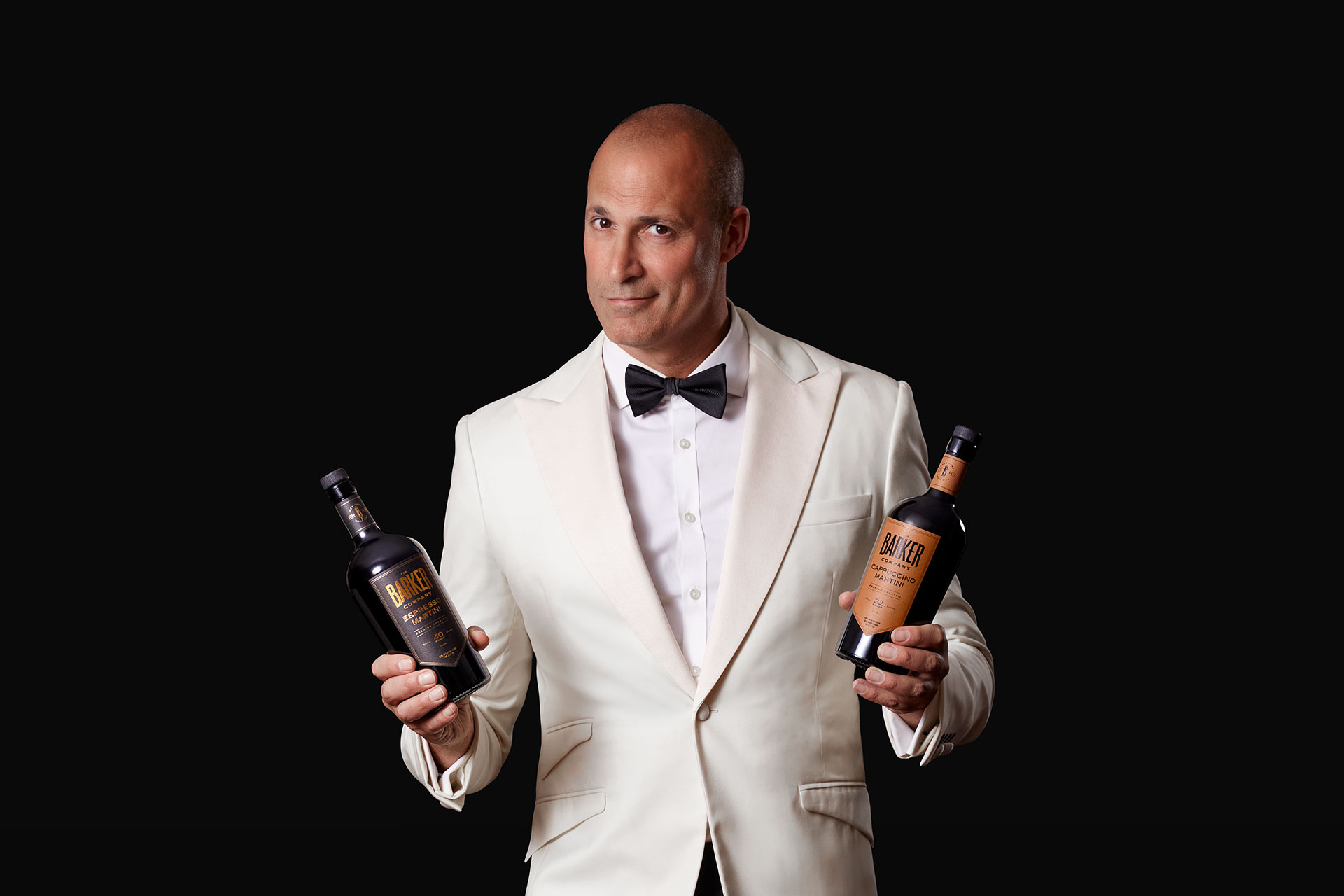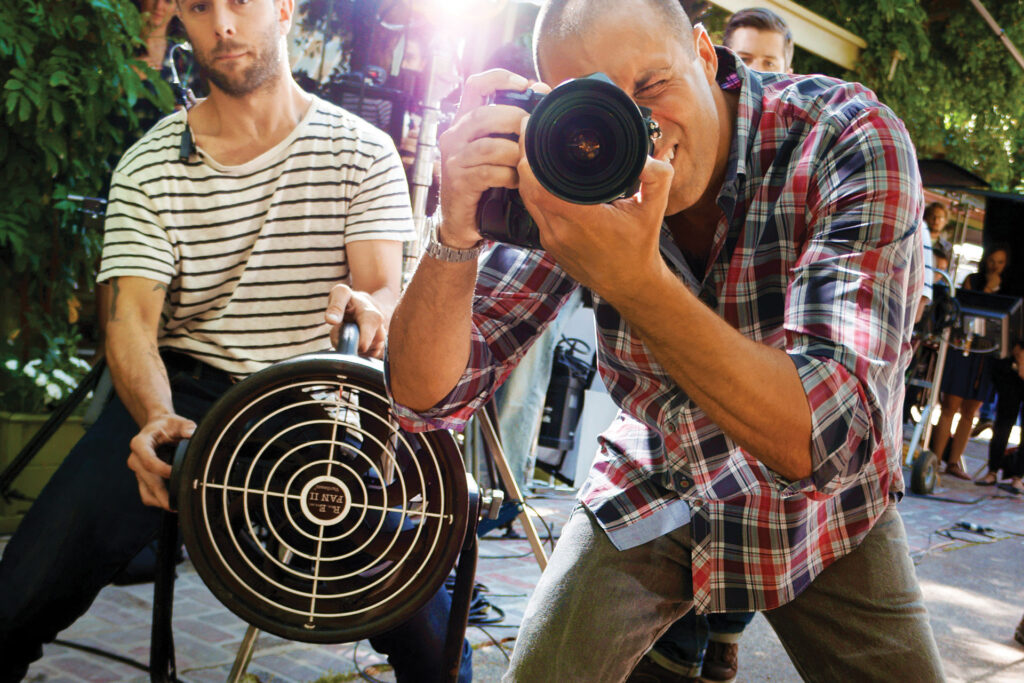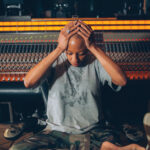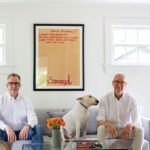The superstar photographer, designer and television personality has added spirits to the mix. Of course he has.
By Todd Plummer
Nigel Barker is the ultimate multi-hyphenate. The world came to know his rugged good looks and buttery-smooth British accent during his tenure as a longstanding judge on America’s Next Top Model alongside supermodel/host, Tyra Banks. Barker has been a longstanding component of New York City’s fashion community since the 1990s—and a weekend visitor turned permanent resident of Woodstock, NY for nearly as long.
As a photographer, Barker has shot epic editorials for the likes of Town & Country, GQ, Tatler and many more, and as a spokesperson, he’s worked with mega brands including Sony and Microsoft. He hosted a popular pandemic-era podcast Shaken & Stirred in which he shared a cocktail with his guests, which in part has inspired his latest venture: The Barker Company, a line of ready-to-drink martinis, launching this fall with an espresso martini as well as a first-to-market cappuccino martini.
We pinned down this renaissance man to learn more about his love for the region and the quiet moments that spark his inspiration.

Tell me about your ready-to-drink venture.
The Barker Company is the first time I’ve put my name on anything. While hosting 135 episodes of Shaken & Stirred, we did taste tests of all these different cocktails with our celebrity guests, and we quickly established that one of the most popular cocktails amongst female guests was espresso martinis—but there were very few if any good ones in the ready-to-drink space. One of my good friends is the former CEO of Veuve Clicquot and he had a good knowledge of the business, so we thought it’d be fun to create something ourselves.

What attracted you to this area?
When I first moved to New York City in 1997, I shared a very cool loft apartment in Tribeca with an artist named Ford Crull. He loved Woodstock and said, “Why don’t we go up there and I can show it to you?” We went up and I loved it immediately. I married my wife in 1999, and we used to bring our kids up when they were little, and were looking forever until finally we found a place we fell in love with—it’s a bit like a Tribeca loft actually, with high ceilings and a lot of open space, unlike a lot of the Woodstock homes with small rooms that ramble from room to room.
Has living in Woodstock changed you?
Living in Woodstock stimulates my photography in significant ways. The thing you get from being in the city is that rush, but up here there’s a beauty, and you appreciate the seasons—and all of that is primal and grounding. It makes you look deeper and consider things more and pay attention.
How has the area changed?
When I first moved up, I had a Land Rover, and we clearly had the smartest car in the area. But now my old Land Rover is one of thousands, and you also see McLarens and Ferraris. A lot of people have moved up from the city. Some of my old photo assistants have houses up here now. It’s a different, eclectic crowd. But people treat me like a local now, so it’s quite sweet.
What’s your perfect day in Woodstock?
The perfect thing about Woodstock is the mountain air. I like to wake up and go to Cooper Lake. I’ll take some coffee and there are some rocks there that I like to sit on and ponder the world. The great thing is that when you’re there, your cellphone doesn’t work, so you’re trapped with your thoughts which in this day and age is quite rare. The Garden Café Woodstock is a vegetarian spot that’s great for lunch, with the freshest of ingredients. I’d also look forward to our farmers market—on weekends they cater to tourists, but on a weekday it’s a market for people in the area, and it’s almost like a town meeting. I’ll see lots of my neighbors with their dogs and families just buying their goods for the week.















Comments are closed.